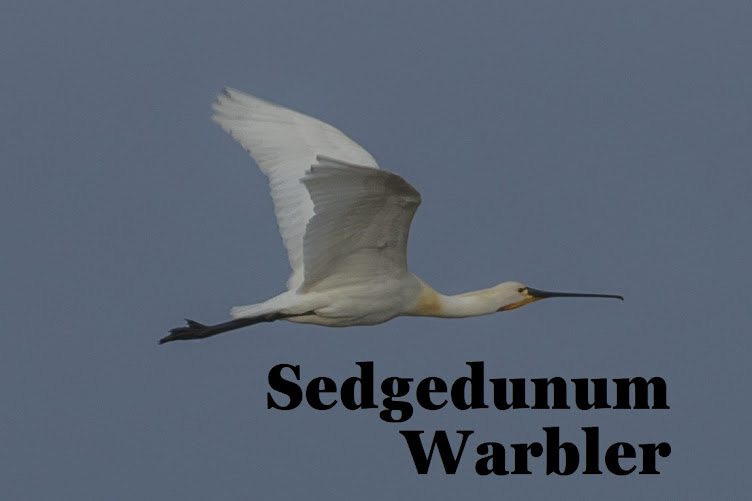A Common Scoter on the main pool from the Oddie Hide was a nice surprise early on along with dry underfoot conditions on the approach to the hides. Drainage has been installed so no need to plodge any more when visiting. Two nice flocks of Curlew and Lapwing lifted over the Budge Fields while the remaining Teal, Shoveler, Wigeon and Mallard pootled about unperturbed. No time for my customary walk from Druridge to Hauxley so I drove there.
There was a cutting wind despite the fine sunny conditions and nothing much exciting was seen from the water edge hides as most species were hunkered down. What is most noticeable is how well the Tree Sparrows are doing at this site. I remember not that long ago that if you saw a T.S. away from Big Waters it was a bit of an event. There were a number at Hauxley then but they were in the vicinity of the entrance. There are plenty of boxes up for them and they have spread, in good numbers, all the way along the caravan park side to the hide facing the beach. A great job. The hide I mentioned held lots of birds mainly on the feeders or below on the ground. Last time I was here a couple of weeks ago someone mentioned that they had seen a Water Rail in the bottom corner and sure enough the W.R. was in full view for the 20 or 30 minutes I visited the hide.
 |
| A touch of the exotic in the north east. |

















































